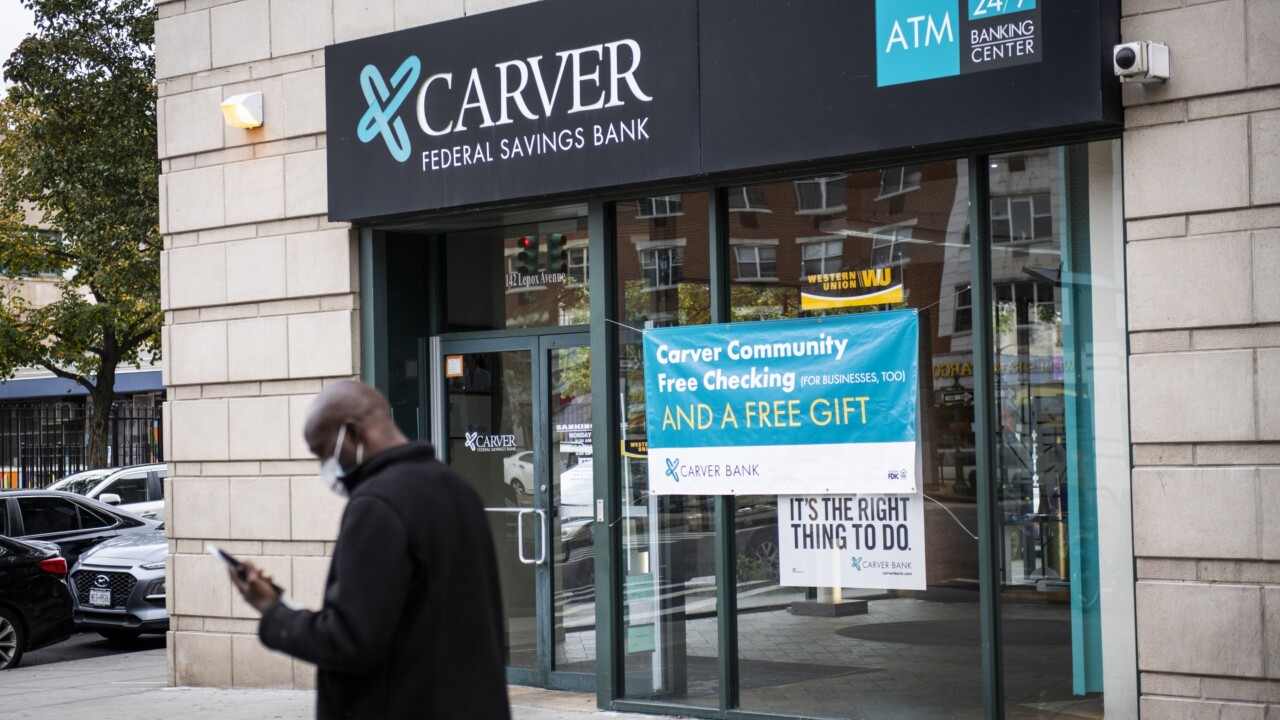A recent Supreme Court decision has dashed bankers' hopes of relief from an onslaught of lawsuits alleging their websites fail to accommodate the disabled.
The Supreme Court on Monday declined to hear
Credit unions have spent the last few years embroiled in a host of
Bank and credit union representatives believe Monday's decision will complicate matters for the disabled. Banks want to make their services accessible, but there is no precise definition for compliance, said Virginia O’Neill, executive vice president of regulatory compliance and policy at the American Bankers Association.
“Ad hoc lawsuits and settlements will not clear up the gray areas in the law, but rather will add to it,” O’Neill said in an email.

A Supreme Court ruling in the case could have cleared up confusion about ADA compliance, said Minh Vu, an employment lawyer at Seyfarth Shaw. Rather, she said the decision will open the floodgates to even more litigation.
Litigation tied to the ADA is on pace to increase by 10% in 2019 from a year earlier, to nearly 12,000 lawsuits, according to Seyfarth Shaw.
“Plaintiffs’ attorneys had been waiting in the wings to see what the Supreme Court would do,” said Vu, who has advised banks on ADA compliance. “Now that we know nothing will happen to change the status quo, there will be more plaintiffs’ attorneys getting in on the action.”
Banks are
It is still possible that the federal government will provide more detail on ADA website compliance. The ABA, along with the Credit Union National Association and the
“We are still looking to the Department of Justice to provide the clarity necessary to resolve the issue,” Alexander Monterrubio, senior director of advocacy at CUNA, said in an email to American Banker, Credit Union Journal's sister publication.
However, advocacy groups for the disabled said that the
“Those guidelines are sufficiently comprehensive for businesses to follow,” said Chris Danielsen, a spokesman for the National Federation of the Blind.
Banks incur huge expenses when they make their websites ADA-compliant, Vu said. Most banks outsource website operation to technology vendors, but most vendors lack ADA expertise. That means financial institutions also must hire a third-party accessibility vendor.
Websites must also change as technology evolves, which requires FIs to constantly upgrade their sites, Vu said. That’s not the case with physical branches, where upgrades for disabled customers need far less maintenance.
“Sometimes you’ll hear that it will cost $35,000 to make your website accessible,” Vu said. “For banks, that’s not true. It’s many hundreds of thousands of dollars — and it’s an ongoing cost.”





